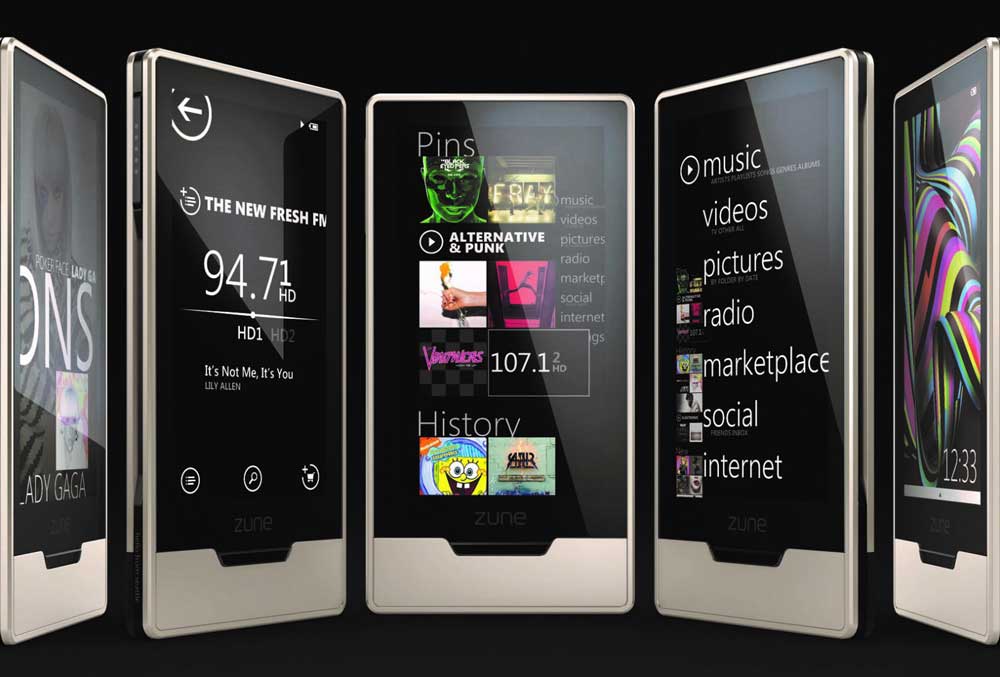Microsoft Zune Services officially retired: here is a few things Microsoft has learned in the process.

In 2006, Microsoft introduced its own take on portable mp3 players, when portable mp3 players were still “a thing”, with Microsoft Zune.
Microsoft’s ill-fated answer to the Apple iPod, took almost five years, to completely flop in 2011, when the company officially discontinued production of the device, while learning a few things in the process:
It’s not about the hardware, it’s about the service
While Microsoft ended production of the Zune portable player in 2011, the cloud-based Zune Services continued to be in operations, until yesterday, following the announcement of Zune music services to be officially replaced and rendered obsolete by Microsoft Groove.
Zune Services has been available this long due to the very reason the Zune never took off: it’s not about the hardware.
The truth to this statement can be found in Apple’s own trend of building devices that would not be as successful without the ecosystem that binds them, which is not iTunes, ironically, as most would think. In fact, iTunes is only part of the experience, where it’s Apple’s own operating systems, iOS and Mac OS X, the true reason for the success of the iPod Touch.
The ecosystem creates the experience, and then it’s up to consumers to take that experience with them, with devices they already own, which is also what Microsoft has created, by rethinking its own operating system, as Windows 10, an environment that relies very much on cloud synchronization, across all devices, from desktop PCs, to laptops and tablets, like Surface Book and Surface Pro, as well as its own Lumia smartphones.
As of 2014, Microsoft’s radical change of course under Satya Nadella’s management, has lead to what the company calls “Software as Service”, with Windows 10 as the result of an idea in which devices like Microsoft Zune would never fit. A device that needs to be plugged into a computer for synchronization, in fact, is as retro a concept as a portable CD player, in a world, such as it was in 2011, in which music, and video, were already downloaded and consumed through a direct connection to the Internet, rather than stored on a local hard drive.
While the last iteration of Zune did allow interesting options, such as HD Radio streaming, the device severely lacked a strong ecosystem, which was the reason for it to completely miss the mark, on what was very much a moving target.
Groove Music Pass
While Zune Services have continued to allow owners of Zune portable music players to download and stream content through Zune Music Pass, subscribers will be required to migrate their music and services to Groove Music Pass, as Microsoft converts the service over to Groove, this week.